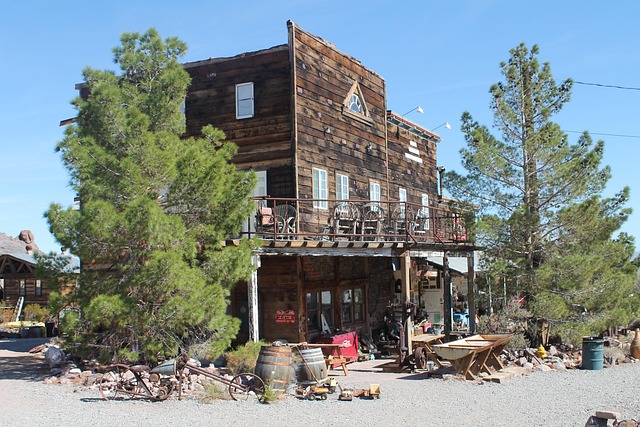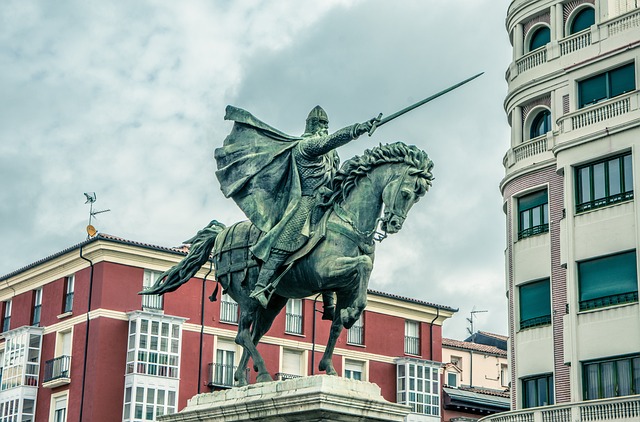Real estate can significantly impact community inclusivity and cultural connections by shaping neighborhood dynamics. Through diverse housing options, inclusive marketing practices, and support for local cultural initiatives, real estate professionals can drive social integration. By incorporating accessible design features, mixed-use developments, green spaces, and cultural events, developers create welcoming environments that bridge age and background gaps. This strategic approach not only enhances property value but also improves the overall quality of life, making communities more vibrant and inclusive for all residents.
In today’s diverse communities, fostering inclusive cultural connections is vital for creating harmonious and vibrant neighborhoods. This article explores how real estate plays a pivotal role in promoting cultural inclusion, with a focus on strategic initiatives that transform spaces into hubs of diversity. We delve into effective strategies for building communities, empowering local connections, and the significant impact of real estate initiatives on cultivating an inclusive tapestry within our urban landscapes.
The Role of Real Estate in Cultural Inclusion

In today’s diverse communities, real estate plays a pivotal role in fostering cultural connections and inclusivity. The layout and design of neighborhoods can either facilitate or hinder interactions between people from different backgrounds. Diverse housing options that cater to various cultural preferences and needs encourage a vibrant mix of cultures within a community. For instance, mixed-use developments that blend residential, commercial, and cultural spaces create environments where folks from all walks of life can converge, fostering mutual understanding and appreciation.
Real estate professionals have a unique opportunity to drive cultural inclusion by promoting inclusive housing practices. This includes marketing properties in an unbiased manner, ensuring fair access to resources, and supporting local initiatives that celebrate cultural diversity. By recognizing the power of space and its impact on community dynamics, real estate can be a game-changer in building bridges between cultures, ultimately enriching the social fabric of our cities.
Building Community: Strategies for Inclusive Spaces

Building community is a powerful strategy in real estate, fostering inclusive cultural connections that enrich neighborhoods and properties alike. To create truly welcoming spaces, developers and property managers must embrace diverse needs and perspectives. This involves intentional design choices, such as incorporating accessible amenities, promoting mixed-use developments that cater to various age groups and lifestyles, and integrating green spaces that encourage interaction.
Additionally, fostering a sense of belonging requires active engagement. Hosting community events that celebrate local cultures, offering intergenerational programs, and facilitating open dialogue platforms can bridge social divides. By prioritizing inclusivity, real estate professionals can transform properties into vibrant hubs where residents from all backgrounds feel valued and connected, ultimately enhancing the overall quality of life within the community.
Empowering Local Connections through Real Estate Initiatives

In many communities, real estate initiatives play a pivotal role in fostering inclusive cultural connections. By strategically designing and developing spaces that cater to diverse populations, local governments and developers can create environments that encourage interaction and understanding among residents from various backgrounds. This could involve integrating multi-use facilities, community gardens, and mixed-income housing projects that break down social barriers and promote unity.
Empowering these connections through real estate goes beyond physical structures; it involves thoughtfully incorporating cultural elements that reflect the heritage of the area’s residents. This might include designating spaces for art exhibits, hosting cultural festivals, or integrating historical landmarks into urban planning. Such initiatives not only strengthen local identities but also foster a sense of belonging, making communities more inclusive and vibrant.






